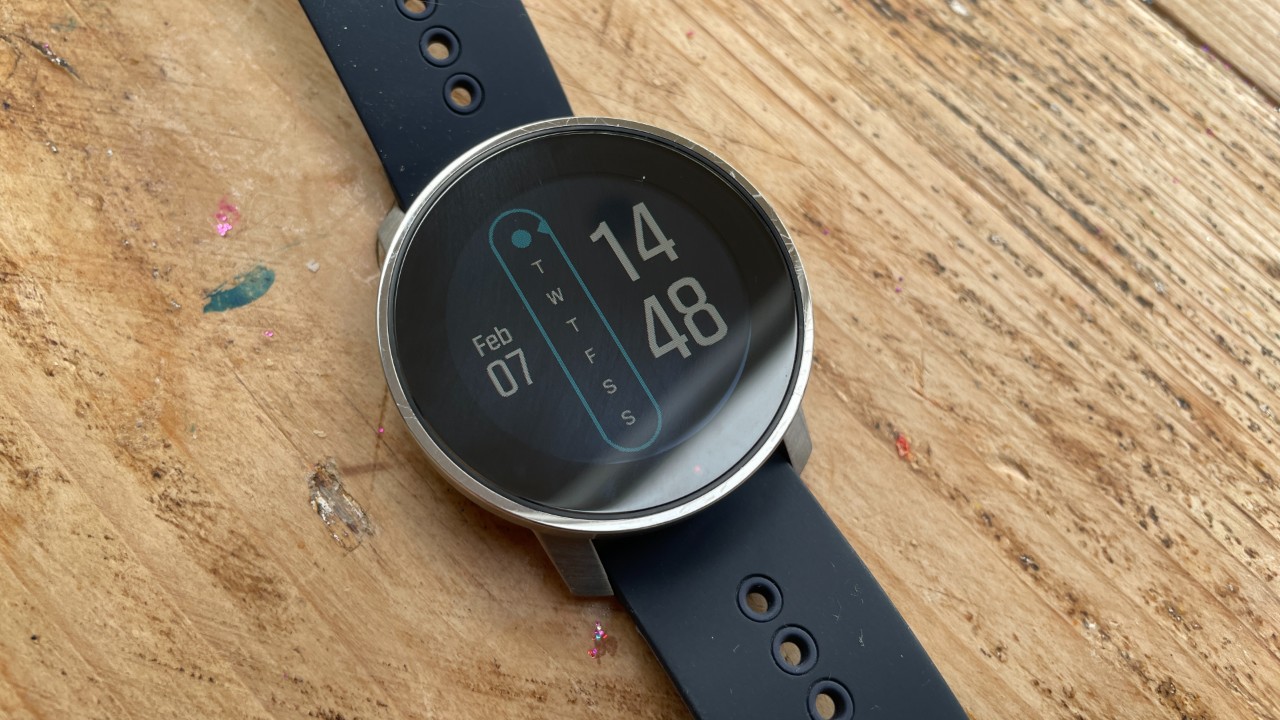Our Verdict
The Suunto 9 Peak is the best Suunto watch I’ve tested and one of the best-looking sports watches you can get. However, its features and performance are not up to the standards found elsewhere, especially given the high price.
For
- Great design
- Snap-to-GPS feature
Against
- Laggy performance
- No workout builder
- Small, dull screen
You can trust Coach
Suunto 9 Peak: Release Date And Price
The Suunto 9 Peak was launched in summer 2021. The stainless steel version costs £489 and the titanium one £609. That puts it in the same price bracket as Suunto’s 9 Baro, which has similar features but in a bulkier watch.
Buy from Suunto | From £489
How We Tested The Suunto 9 Peak
I had the Suunto 9 Peak for a two-week loan period, during which I tested its tracking over a range of sports, including 10 runs, indoor and outdoor cycles, and strength and yoga sessions. I wore the watch throughout to test its sleep and activity tracking, as well as the smart features such as notifications and music controls.
Design And Hardware
The impressive design is central to the appeal of the Suunto 9 Peak. It’s light, at 52g for the titanium watch and 62g for the stainless steel one, and is also thin at 10.4mm, compared with 15.4mm on the Suutno 9 Baro or 14.5mm for the Garmin Fenix 7. This slighter design stands out in the world of high-end sports and running watches, and those with smaller wrists – who dislike the typically bulky design of these devices – will get on much better with the 9 Peak.
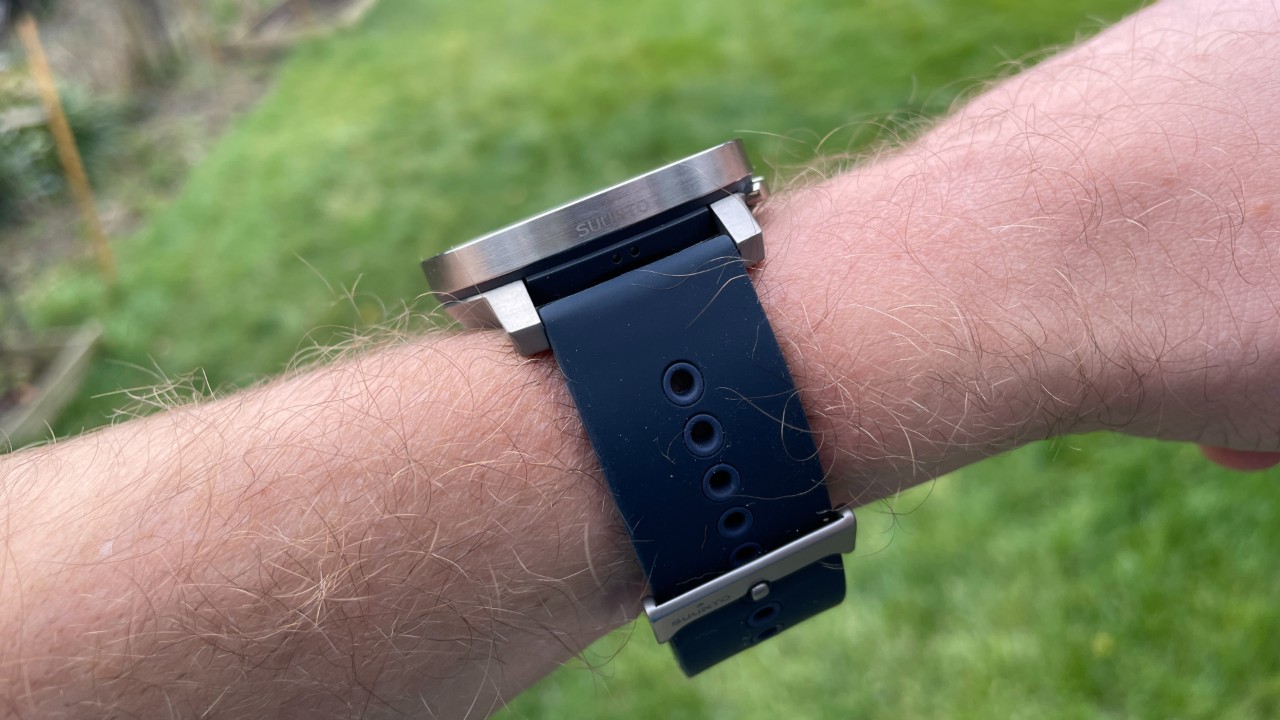
However, the attractive design is let down by the transflective screen, which is not only small at 1.2in (30mm) but also dull and hard to read without the backlight on. The large black bezel around the screen also diminishes the aesthetics of the watch.
The watch has a touchscreen and you can use it to navigate the watch’s features easily, though there is lag compared with the sharp performance of a smartwatch or the Garmin Epix 2. There are also three buttons you can use to navigate the 9 Peak’s menus and these are easier to use than the touchscreen. However, the watch is still sometimes slow to respond to a press, especially when starting activities.
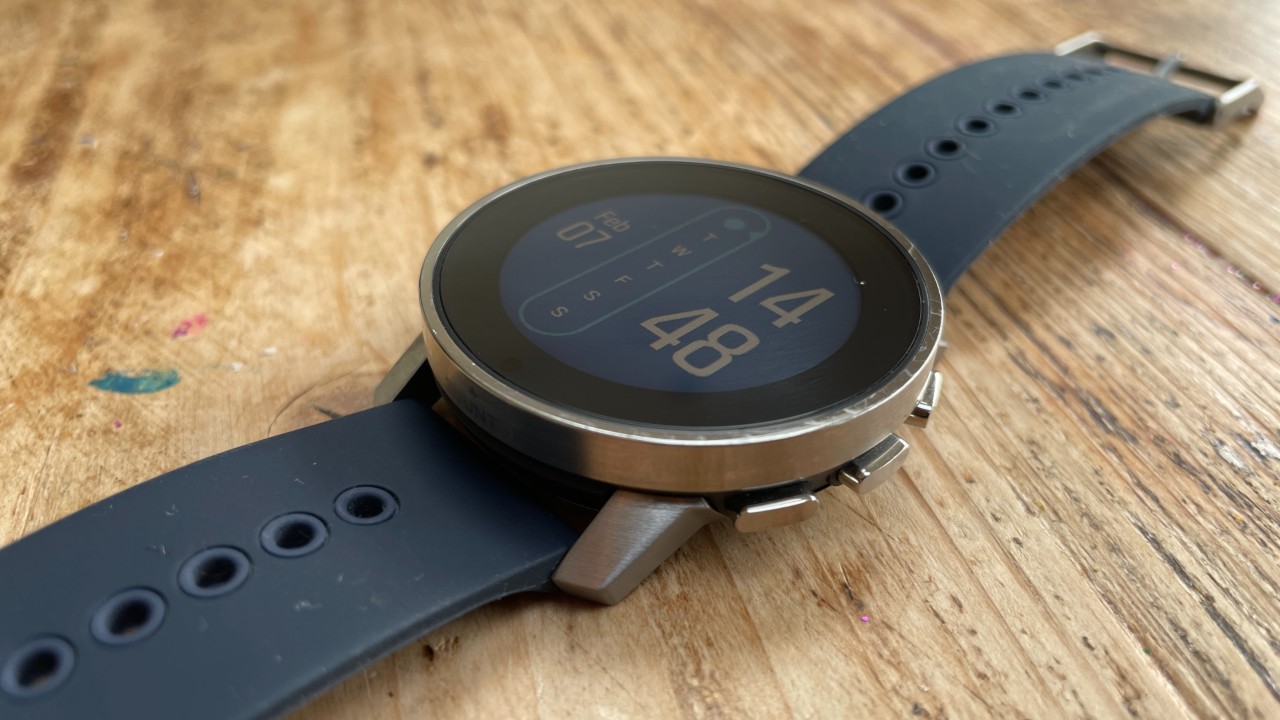
The 9 Peak has all the sensors you’d expect for a flagship device, with a barometric altimeter, compass, blood oxygen sensor, heart rate sensor and GPS tracking (via GPS, GLONASS, Galileo, Beidou and QZSS satellites). For GPS tracking all modes use GPS plus QZSS satellites, then you can choose to add one of the other systems as well, with Galileo generally being the best option in Europe. The Suunto 9 Peak is waterproof to 100m and can connect to external sensors via Bluetooth.
Battery Life
The Suunto 9 Peak is listed as having a seven-day battery life with phone notifications and 24/7 activity tracking activated (you can get 14 days just in time mode). You get 25 hours of GPS tracking in the most accurate mode, and can extend that to 50, 120 or even 170 hours using the battery saver modes.
I found the watch outperformed this estimate, lasting nine days on a charge, even with 24/7 tracking and recording an outdoor activity almost every day. The Suunto 9 Peak is not as long-lasting as some watches on the market – Coros and Garmin have devices that can last a month – but the battery life is good, especially given the relatively small size of the 9 Peak.
Sports Tracking
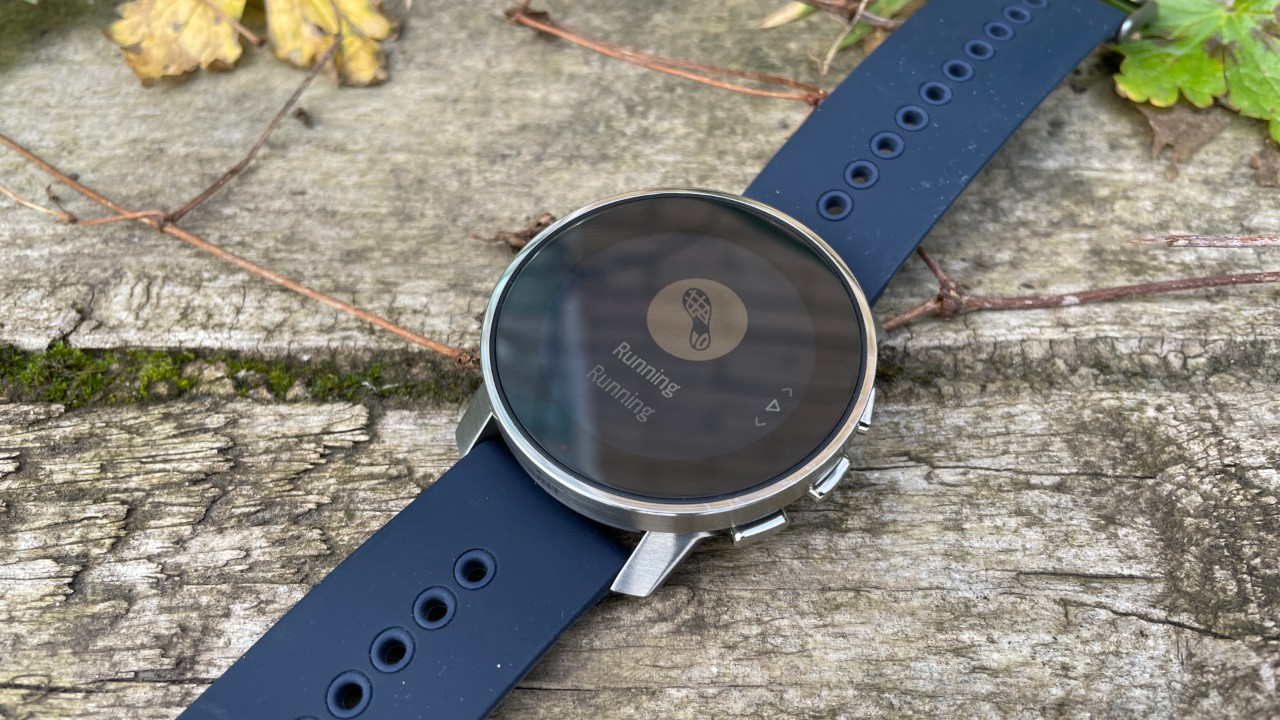
Like other Suunto watches, the 9 Peak comes with a load of preset sports modes that you cannot edit, something I find bizarre. For example, there are running modes on the watch but it’s not possible to customise the data shown in them, so if you want to pick the stats you see you have to create your own running mode and add it to the watch. It’s a decision I find annoying and one that’s out of step with the rest of the industry.
You can’t use the intervals mode in your own customised sports mode, only in the preset ones (you can have an intervals screen in your own mode, but the watch won’t guide you through the intervals). Also, the interval mode is a basic one where you set the interval, rest and reps you want to do before starting, and you can’t set up and follow more complicated structured workouts on the 9 Peak. This is an annoying omission of a feature that’s standard on cheaper watches from other brands, like the Garmin Forerunner 55 and Coros Pace 2.
When running or cycling outside I found the Suunto 9 Peak’s screen hard to read at times. It’s not a terrible screen, but it’s noticeably smaller and less clear than what you get from other brands for this kind of price, and a far cry from the bright AMOLED display on the Garmin Epix 2, though that is more expensive.
I have never been able to get along with Suunto’s heart rate sensors and that remained the case with the 9 Peak. While it would track long stretches of my activities accurately, staying within around five beats of a chest strap’s readings, I always saw a spike at the start of runs where the heart rate reading would be way too high. Sometimes this would last for 10 to 15 minutes, and even when it did come down there would often be peaks and troughs throughout the rest of the activity. I would pair a chest strap with the 9 Peak for more accurate heart rate data.
The GPS accuracy was generally fine, but less accurate than the Garmin Epix 2 on my other wrist (in the top multi-band tracking mode), with the 9 Peak’s tracks weaving from side to side on roads and cutting corners. On one run where I ran a few circuits of a 1km loop the 9 Peak completely lost the plot, producing one of the worst GPS tracks I’ve seen from any sports watch in years. That was an isolated incident, but if accurate GPS tracking is important to you, then newer watches that have multi-frequency or multi-band tracking would regularly outperform what I saw from the Suunto 9 Peak. It does, however, have a handy trick up its sleeve in the shape of a Snap-to-GPS feature (explained in more detail below).
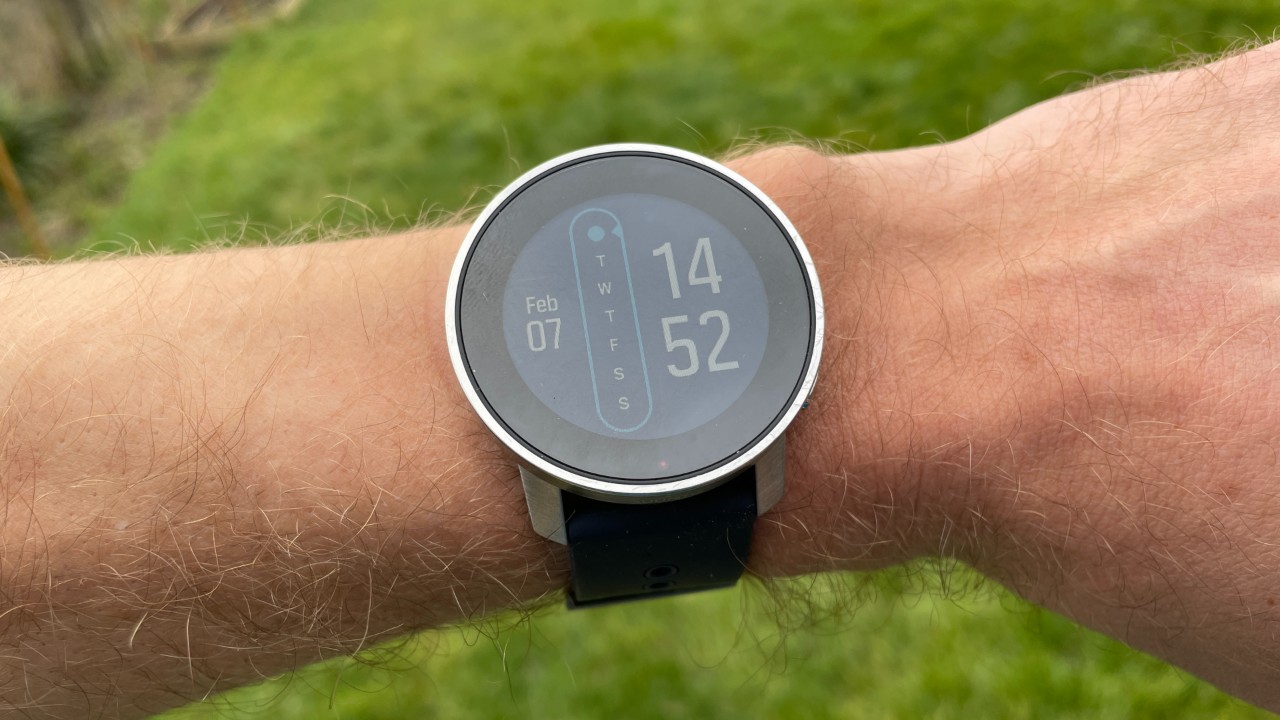
Another area where Suunto lags behind its rivals is training analysis. You are given an estimated VO2 max, plus suggested recovery time after each activity and estimates of the training stress score (TSS). This then feeds into the Progress tab on the app, which can, for example, help you judge whether you are pushing too hard in your training.
However, this data is not presented on the watch, and I found it hard to follow compared with the way similar analysis is delivered via Garmin, Polar and Coros’s platforms. The Suunto analysis is powered by TrainingPeaks, and will appeal to those familiar with the TrainingPeaks platform, but as someone new to it I found it hard to get to grips with and less intuitive than what’s available from other brands.
Those rival brands also make a greater effort to shape your training to be more productive: in the case of Garmin and Polar, suggesting daily workouts to help make that happen.
Snap-To-GPS
All watches can struggle with GPS accuracy and in races this can mess up pacing, especially in cities where high buildings play havoc with satellite signals. Suunto’s Snap-to-GPS feature offers a workaround, where you create a GPS track of the route you’re going to follow. It then follows that route during your activity, ignoring minor deviations the GPS might record, and assuming you are sticking to your chosen GPS track (though if you go 100m off your route it will stop snapping you back).
This is a basic but excellent approach to solving GPS problems, and one I would use in city marathons. There are problems with it: sometimes when creating a route it can be hard to get the exact track you’re going to follow right, though with major events it’s usually easy enough to get the route. When creating tracks for trail runs it is more difficult to find the exact path you’ll follow, though, and the success of the feature depends on the accuracy of the route you plug in.
It’s obviously a bit of work to sort the route, so it’s something I’d only do for the odd race, rather than everyday running. I did use it for a race in a London park and Snap-to-GPS worked well. In truth, the GPS on my other watch was also fine on that course, so it’s a feature that only comes into its own in certain conditions, like races under tall buildings or tree cover when you know your exact course. When your biggest races roll around, knowing that your watch will have accurate distance and pacing stats is a plus.
Navigation
The Suunto 9 Peak offers breadcrumb navigation including turn-by-turn directions, and it’s easy to create routes in the Suunto app. You can also see an elevation plot of your route, including information on how much climbing you have left. There are no maps though, which you do get with Garmin’s Fenix and Forerunner 945 watches, and indeed the Suunto 7 smartwatch.
I also struggled to follow directions on the 9 Peak at times because of the small size of the screen and the way turn-by-turn alerts are implemented. These fill the screen, and there were many occasions when just “turn right” wasn’t enough information to follow the right route. This is where having a map – or at least displaying the breadcrumb trail alongside the direction – is helpful.
Smart Features
You can control music on your phone using the Suunto 9 Peak and it will display notifications, but otherwise it is lacking in the smarts department. There is no general weather information, for example (though you can get some info on this during activities using the SuuntoPlus weather feature), and no app store, NFC payments or music storage either.
The Suunto 7 is the smartwatch in the company’s range and it runs Wear OS and has a bright AMOLED display for a true smartwatch experience.
Activity And Sleep Tracking
All the usual activity stats are tracked on the Suunto 9 Peak, including a step count that takes into account movement beyond steps – so it often ends up a little inflated. The most interesting part of Suunto’s activity tracking is the Resources rating, which is broadly equivalent to Garmin’s Body Battery in that it gives you a score out of 100 that estimates your current energy levels.
Your resources go up when you sleep or rest in the day, and come down when you are active. Each morning you get your wake-up resources so you can plan your day accordingly. It’s a simple and useful rating when it works, but I sometimes found that my resources were depleting too much in the day because of inaccurate heart rate tracking. Even when not exercising the 9 Peak often read my heart rate as higher than it was.
I was also probably getting too much credit for my sleep, because the 9 Peak tended to overestimate it, having me falling asleep earlier than I did most nights and missing periods in the night when I was awake. Other than a rating of sleep quality, time asleep and time in deep sleep, the watch doesn’t provide much insight into your rest. There is a sleep summary that flashes on screen when you wake, but I missed this almost every morning and had to go to the app for more info.
You can get more detailed sleep tracking from pretty much every other brand, with Polar leading the way, but I did like the Suunto Resources measurement. Unfortunately, just like Garmin’s Body Battery measurement, it’s undermined by errant sleep and heart rate tracking at times.
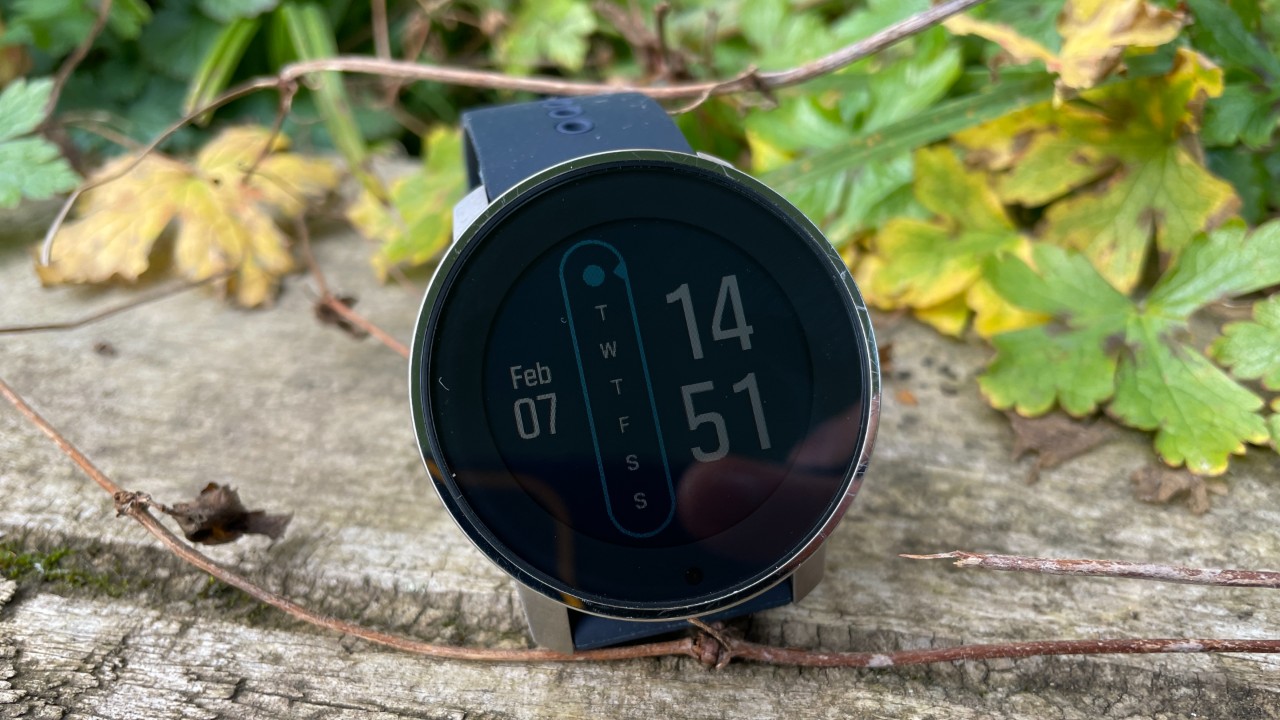
Is The Suunto 9 Peak Worth It?
The Suunto 9 Peak makes a great first impression with its slim and attractive design. Unfortunately, things go downhill from the moment you turn it on and see the dull display. There are a lot of frustrating aspects to the watch, like the way it lags on almost every interaction with it, or that it tends to make things that are easy on other watches harder.
The 9 Peak does everything needed of a sports watch – aside from a structured workout builder – but it does those things less well than its rivals. You can get better training analysis, battery life, navigation, smart features and an improved user experience from Garmin, Coros and Polar watches, and you don’t have to splash out on the very best devices to find one that matches or betters the 9 Peak. Even if you’re taken with the idea of a smaller, lighter watch, Garmin’s Forerunner 745 outdoes the 9 Peak on performance – even if the Suunto is more attractive.
Snap-to-GPS is a useful feature and one that only Suunto offers right now, though it’s something you’ll rarely use. That handy feature and the design of the Suunto 9 Peak are its key selling points, though I think you’d have to be seriously taken with the design to overlook the watch’s shortcomings and buy it over a rival device.

Nick Harris-Fry is a journalist who has been covering health and fitness since 2015. Nick is an avid runner, covering 70-110km a week, which gives him ample opportunity to test a wide range of running shoes and running gear. He is also the chief tester for fitness trackers and running watches, treadmills and exercise bikes, and workout headphones.
